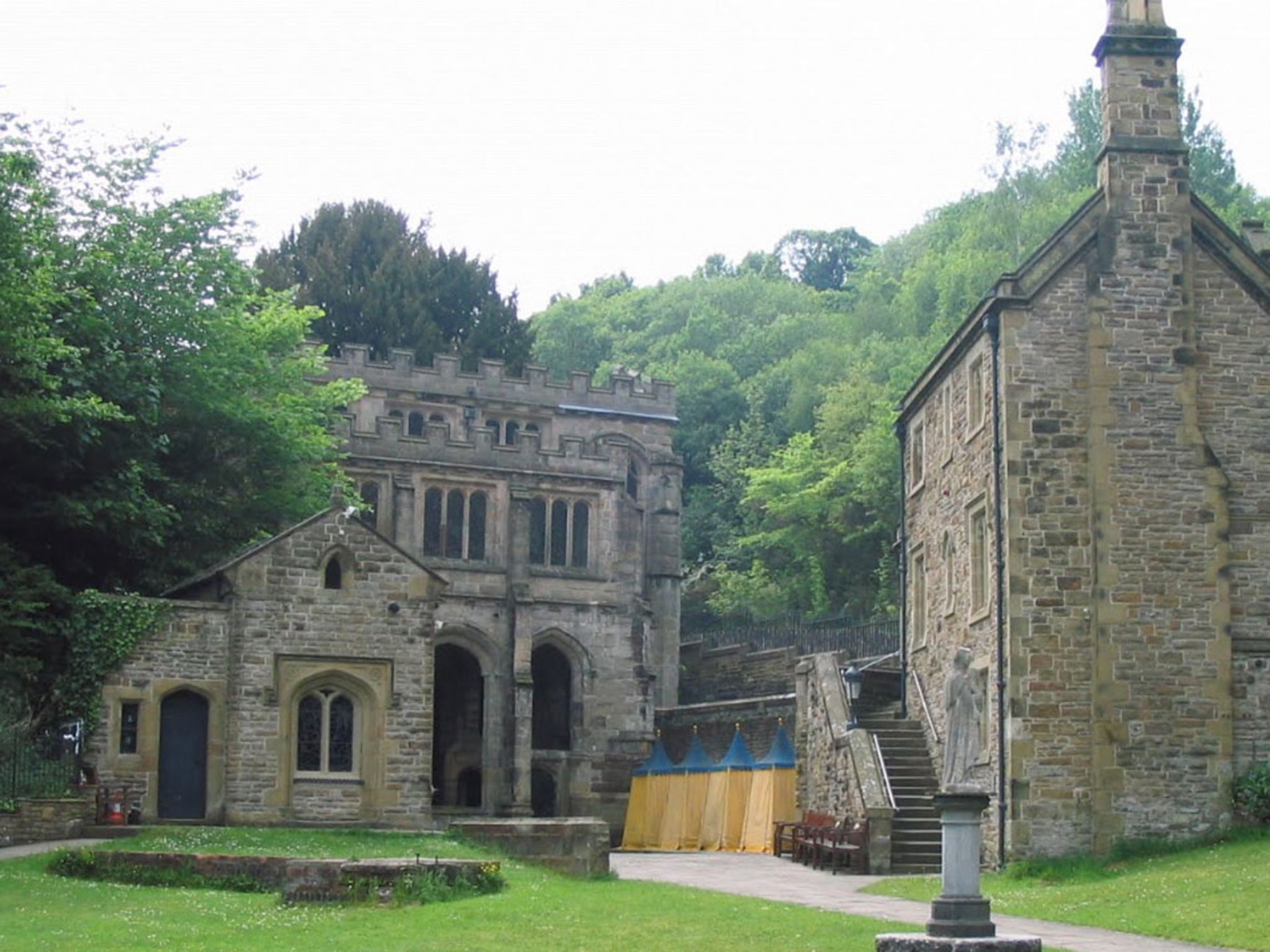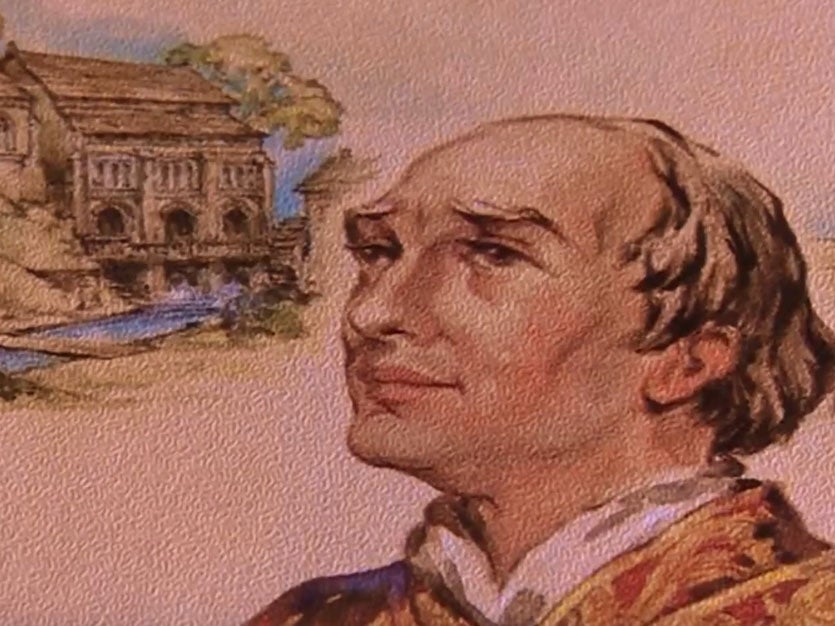Hung, drawn and quartered skeleton found in Welsh pub could be English saint
The Bishop of Shrewsbury launches an appeal for donations to carry out further DNA tests on the remains

Your support helps us to tell the story
From reproductive rights to climate change to Big Tech, The Independent is on the ground when the story is developing. Whether it's investigating the financials of Elon Musk's pro-Trump PAC or producing our latest documentary, 'The A Word', which shines a light on the American women fighting for reproductive rights, we know how important it is to parse out the facts from the messaging.
At such a critical moment in US history, we need reporters on the ground. Your donation allows us to keep sending journalists to speak to both sides of the story.
The Independent is trusted by Americans across the entire political spectrum. And unlike many other quality news outlets, we choose not to lock Americans out of our reporting and analysis with paywalls. We believe quality journalism should be available to everyone, paid for by those who can afford it.
Your support makes all the difference.A pile of bones discovered in a Welsh pub could be the last remains of an English saint who was hung, drawn and quartered in the 17th Century for his religious beliefs.
The bones, found 140 years ago in the Olde Star Inn next to St Winefride’s Well, Holywell, North Wales, were discovered bundled in 17th Century children’s clothing and hidden inside an old trunk.
Recent forensic tests by specialists at the University of Edinburgh established the bones, which included part of a skull and a leg, belonged to a priest who had undergone the macabre Elizabethan punishment in the late 17th Century.
Further circumstantial evidence has suggested the bones belong to St John Plessington, a Catholic priest executed in 1679 and known as one of the “Forty Martyrs of England and Wales”.
St John was executed in Chester after being found guilty of treason under Elizabethan laws that made being a Catholic Priest an offence.
He was beatified in 1929 by Pope Pius XI, and canonized and made one of the Forty Martyrs in 1970 by Pope Paul VI.
The Forty Martyrs are a group of Catholic men and women executed for treason and other related offences in England between 1535 and 1679.
An attempt to recover the remains of St John in 1962 failed when bones found in his supposed resting place in Burton, Wirrel, were revealed to be of a younger man.
Injuries on the skull include a hole in the top of the head, suggesting a pike had been pushed through.

The tests are not conclusive, however, and DNA will need to be matched with other relics to prove indisputably they belong to the saint.
The Bishop of Shrewsbury, the Right Reverend Mark Davie, has launched an appeal for donations to carry out the tests, which will require at least a four-figure sum.
Writing in Shrewsbury Catholic Voice, Rev Shrewsbury said: "By his faithfulness to the point of death, St John Plessington stands out as the great witness to the priestly life and mission in Shrewsbury Diocese.
"If funds could be found to identify and authenticate his relics it would allow our connection to his heroic ministry and martyrdom to become visible and tangible in a new way for generations to come."
Additional reporting by Press Association
Join our commenting forum
Join thought-provoking conversations, follow other Independent readers and see their replies
Comments